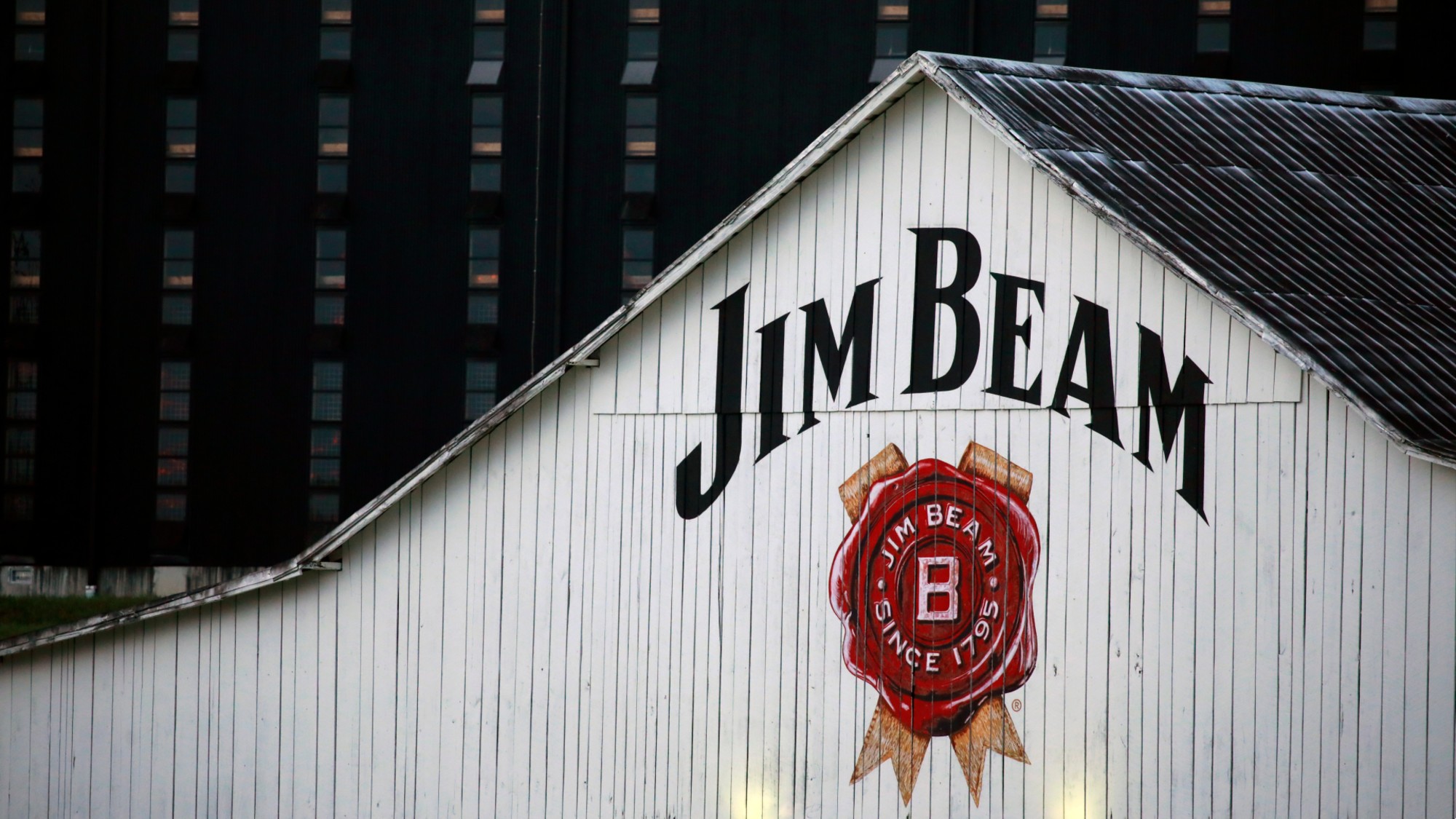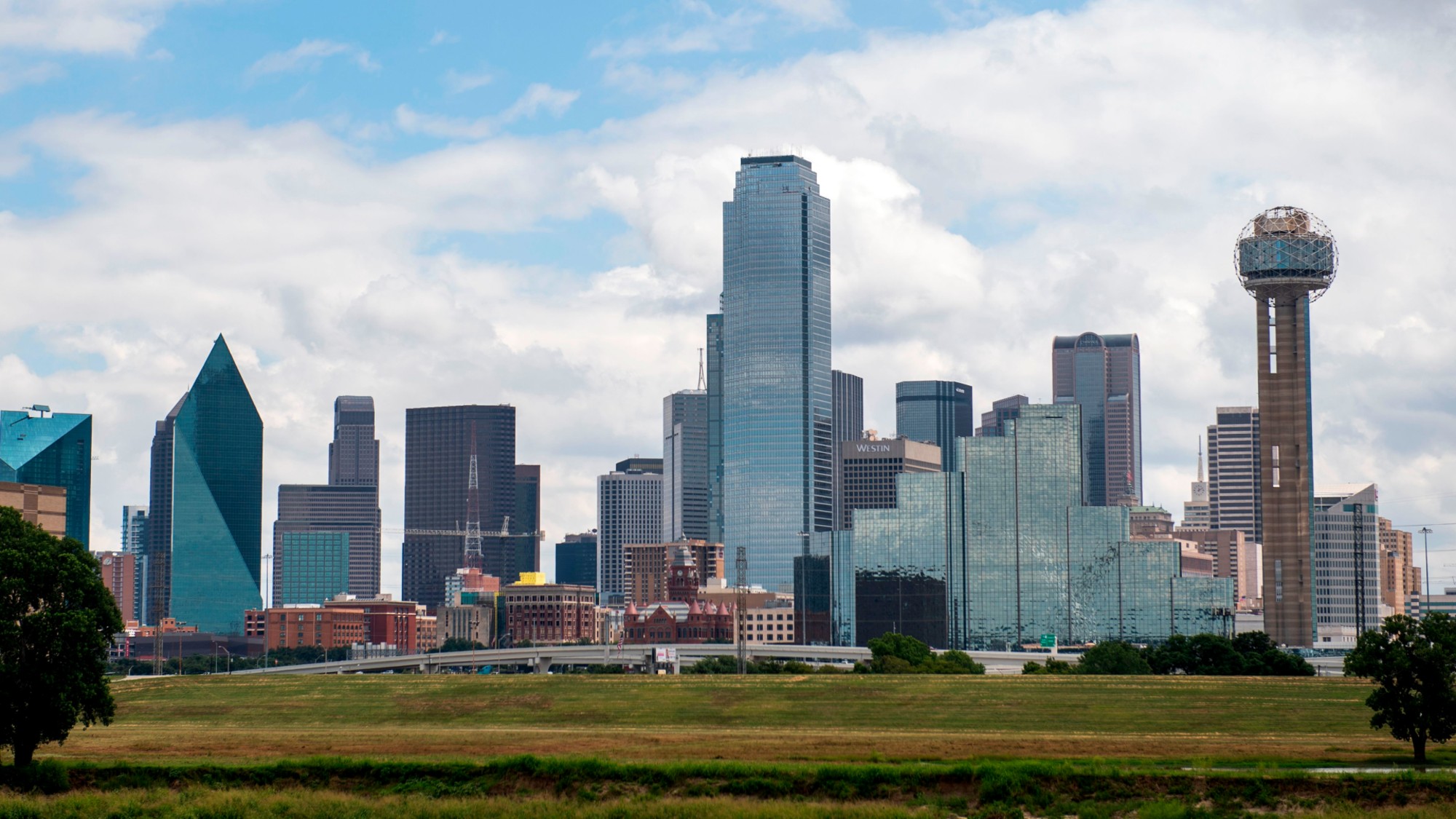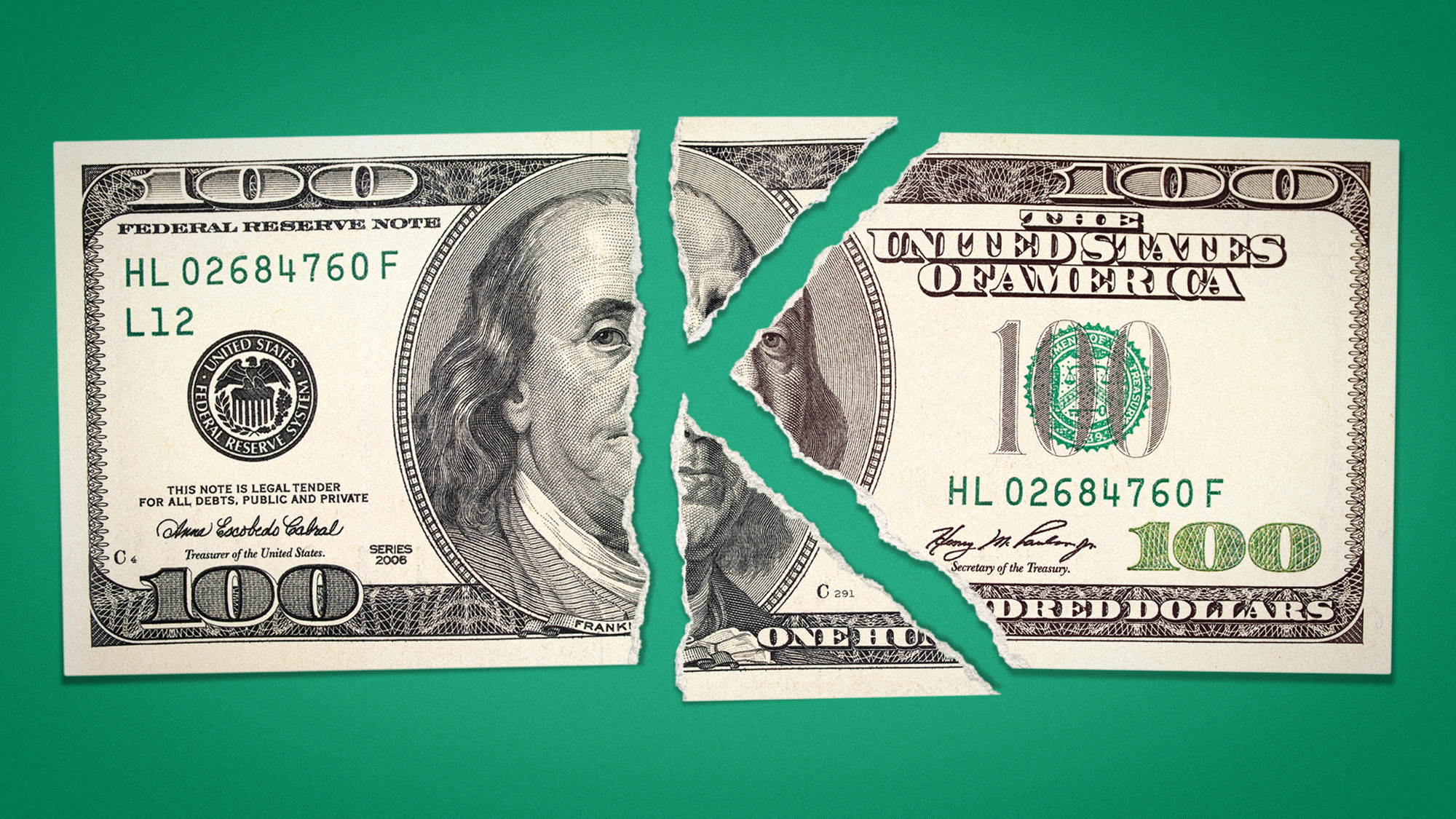America might be in a second Gilded Age
The first Gilded Age was marked by rising inequality and a push for social change


With the United States entering an era of increasing wealth inequality — interspersed with calls for social change and societal upheaval — some experts are likening the 2020s to a second Gilded Age. And with the gap between the rich and the poor rising, this doesn't appear to be an off-base assessment.
Not every aspect of the first Gilded Age, which ran from the 1870s to the 1890s, can be seen in modern America. But certain elements of the late 19th century have carried over to the present day, and some economists have been raising alarm bells about what this could mean going forward.
What characterized the first Gilded Age?
The Gilded Age was a period when the United States "became more prosperous and saw unprecedented growth in industry and technology," said History. But it was also a time "where greedy, corrupt industrialists, bankers and politicians enjoyed extraordinary wealth and opulence at the expense of the working class." Most of the power during the Gilded Age was held by America's wealthy, not politicians.
The Week
Escape your echo chamber. Get the facts behind the news, plus analysis from multiple perspectives.

Sign up for The Week's Free Newsletters
From our morning news briefing to a weekly Good News Newsletter, get the best of The Week delivered directly to your inbox.
From our morning news briefing to a weekly Good News Newsletter, get the best of The Week delivered directly to your inbox.
When most people think of the Gilded Age, they think of extravagantly wealthy tycoons like Andrew Carnegie and J.P. Morgan. What also comes to mind are the "homes of the Gilded Age elite," which were "nothing short of spectacular," said History. Many of "America's most famous mansions were built during the Gilded Age," including the Vanderbilt family's Biltmore Estate, which is still the largest private home in the U.S.
Why do experts say America is in another Gilded Age?
This is largely discussed due to the increase in income inequality. Labor movements are "at the forefront, increasingly challenging income inequality and drawing parallels to earlier struggles, keeping the fight for workers' rights alive," said ABC News. As in the Gilded Age, an era of "extreme luxury is returning, which is evident in the increasing number of mega-mansions" and superyachts.
Over the last four decades, CEOs have "made over 1,000 times more than a typical worker," said Janelle Jones, the vice president for policy and advocacy at the Washington Center for Equitable Growth, to ABC. For a "typical worker, the pay has only increased 24%. Last year, CEOs made more than 300 times the typical worker."
Both the "late 19th and the early 21st centuries saw technological change, increased globalization, economic growth, concentration of wealth, and rising inequality," said the Council on Foreign Relations (CFR). Both eras also experienced "increased immigration, changing demography, and a decline in standing for less-educated rural whites."
A free daily email with the biggest news stories of the day – and the best features from TheWeek.com
As wealth inequality skyrocketed during the first Gilded Age, the "rising country developed new tools to understand and respond appropriately," said the CFR. But unlike the social activism seen during that time, today a "declining country, facing deindustrialization and the emergence of the gig economy, is retreating into ignorance, culture wars, and performative outrage." This means there likely won't be a "quick resolution of the country's major problems."
In the 19th century, most tycoons made their wealth from "railroads, steel and oil. Today, it's technology, finance and pharmaceuticals," said Jim Martin at The Denver Post. The wealth gap "raises questions about the efficacy of democratic institutions and the ability of the government to regulate corporate behavior in the public interest." While the first Gilded Age "faced challenges regarding monopolies and regulations," modern Americans must "grapple with similar issues amid calls for increased corporate responsibility."
Justin Klawans has worked as a staff writer at The Week since 2022. He began his career covering local news before joining Newsweek as a breaking news reporter, where he wrote about politics, national and global affairs, business, crime, sports, film, television and other news. Justin has also freelanced for outlets including Collider and United Press International.
-
 US citizens are carrying passports amid ICE fears
US citizens are carrying passports amid ICE fearsThe Explainer ‘You do what you have to do to avoid problems,’ one person told The Guardian
-
 All roads to Ukraine-Russia peace run through Donetsk
All roads to Ukraine-Russia peace run through DonetskIN THE SPOTLIGHT Volodymyr Zelenskyy is floating a major concession on one of the thorniest issues in the complex negotiations between Ukraine and Russia
-
 Why is Trump killing off clean energy?
Why is Trump killing off clean energy?Today's Big Question The president halts offshore wind farm construction
-
 Tariffs have American whiskey distillers on the rocks
Tariffs have American whiskey distillers on the rocksIn the Spotlight Jim Beam is the latest brand to feel the pain
-
 The longevity economy booms as people live longer
The longevity economy booms as people live longerThe Explainer The sector is projected to reach $27 trillion by 2030
-
 Texas is trying to become America’s next financial hub
Texas is trying to become America’s next financial hubIn the Spotlight The Lone Star State could soon have three major stock exchanges
-
 How could worsening consumer sentiment affect the economy?
How could worsening consumer sentiment affect the economy?Today’s Big Question Sentiment dropped this month to a near-record low
-
 Musk wins $1 trillion Tesla pay package
Musk wins $1 trillion Tesla pay packageSpeed Read The package would expand his stake in the company to 25%
-
 Why has America’s economy gone K-shaped?
Why has America’s economy gone K-shaped?Today's Big Question The rich are doing well. Everybody else is scrimping.
-
 Argentinian beef is at the center of American farmers’ woes
Argentinian beef is at the center of American farmers’ woesThe Explainer ‘It feels like a slap in the face to rural America,’ said one farmer
-
 From candy to costumes, inflation is spooking consumers on Halloween this year
From candy to costumes, inflation is spooking consumers on Halloween this yearIn the Spotlight Both candy and costumes have jumped significantly in price
